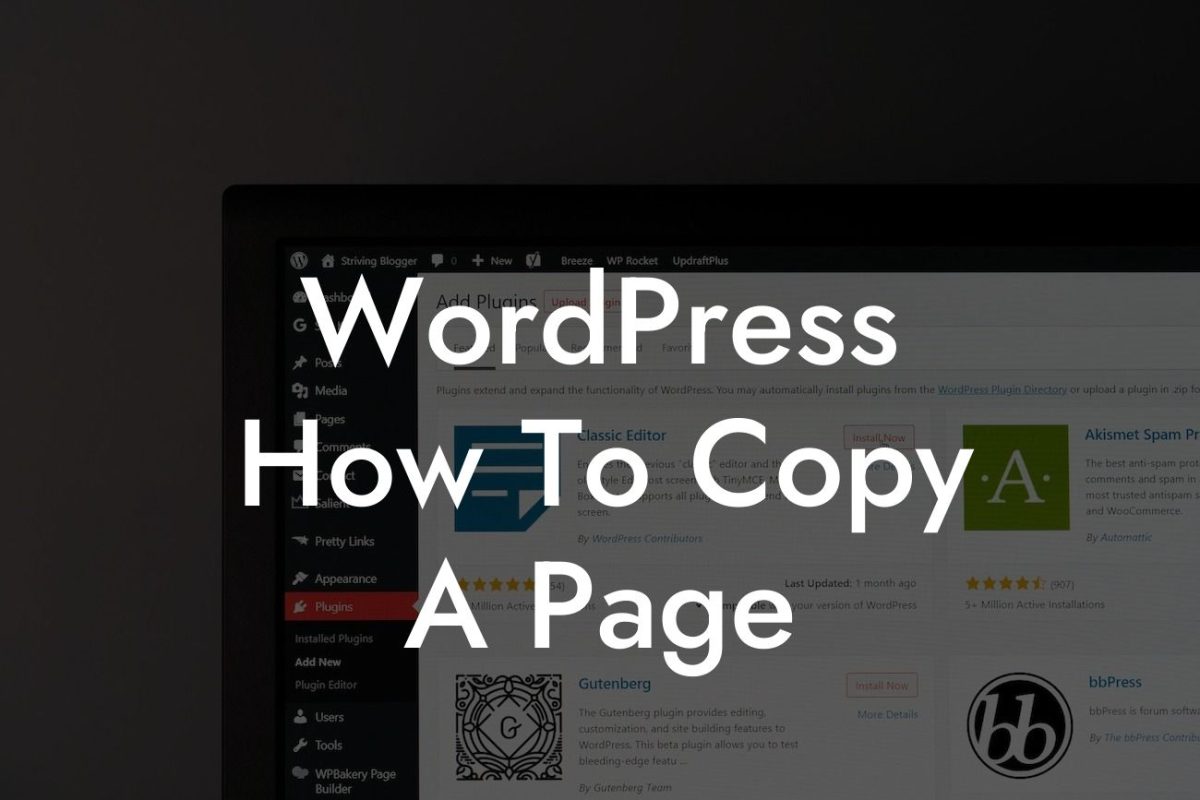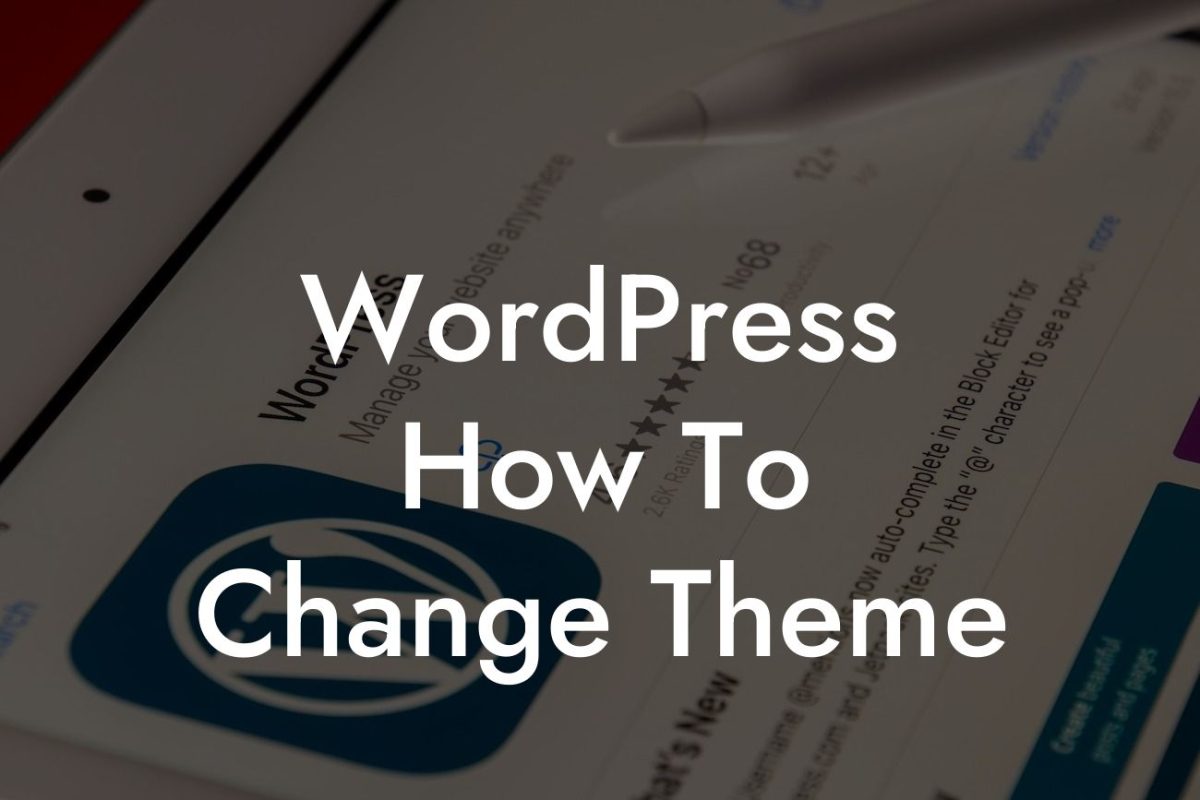WordPress is an incredible platform that empowers small businesses and entrepreneurs to create stunning websites with ease. However, with regular updates, there may be instances where you need to revert WordPress to a previous version. Whether it's due to compatibility issues, plugin conflicts, or other unforeseen complications, knowing how to effectively roll back your WordPress version is crucial. In this guide, we will walk you through the step-by-step process, ensuring that your website remains safe and functional throughout the entire journey.
Reverting WordPress to a previous version may seem daunting, but fear not, as we have simplified the process for you. Follow these clear steps to safeguard your website and maintain its optimal performance:
1. Backup Your Website:
Before making any changes, it's essential to create a backup of your entire website. This ensures that you can easily revert back to the current state if anything goes wrong during the process. Explore reliable backup plugins, such as DamnWoo's BackupMaster, that automate this crucial task for you.
2. Identify the Version to Revert:
Looking For a Custom QuickBook Integration?
Determine the specific version you wish to revert to. You can check the release notes of WordPress to find the precise version number that suits your requirements. Keep in mind that going back to a very old version may expose your website to security vulnerabilities, so choose wisely.
3. Deactivate Plugins and Themes:
To prevent any conflicts during the reversion process, deactivate all plugins and themes installed on your WordPress site. This ensures that there are no dependencies or compatibility issues that could hinder the roll-back process.
4. Download and Install the Previous Version:
Visit the official WordPress website and download the desired version of WordPress that you identified earlier. Once downloaded, access your website's root directory via FTP or your hosting control panel and replace the current WordPress files with the ones from the previous version.
5. Update the Database, if Necessary:
WordPress updates often include database changes, so it's crucial to ensure that your database is compatible with the older version you're reverting to. Plugins like DamnWoo's DBMaster can help you update your database effortlessly, if needed.
How To Revert Wordpress To Previous Version Example:
Let's say you recently updated your website to the latest version of WordPress. However, you noticed that a critical plugin you rely on is incompatible with the latest release. Reverting to the previous version will provide a temporary solution until the plugin developer updates their product. By following the steps outlined above, you can confidently roll back your WordPress version and maintain your website's smooth operation.
Congratulations! You have successfully learned how to revert WordPress to a previous version. Remember to regularly update your website's plugins, themes, and WordPress itself to stay up-to-date with the latest security patches and exciting features. Share this article with fellow WordPress enthusiasts to help them navigate the process as well. Don't forget to explore other informative guides on DamnWoo and take advantage of our incredible WordPress plugins to elevate your online presence.













